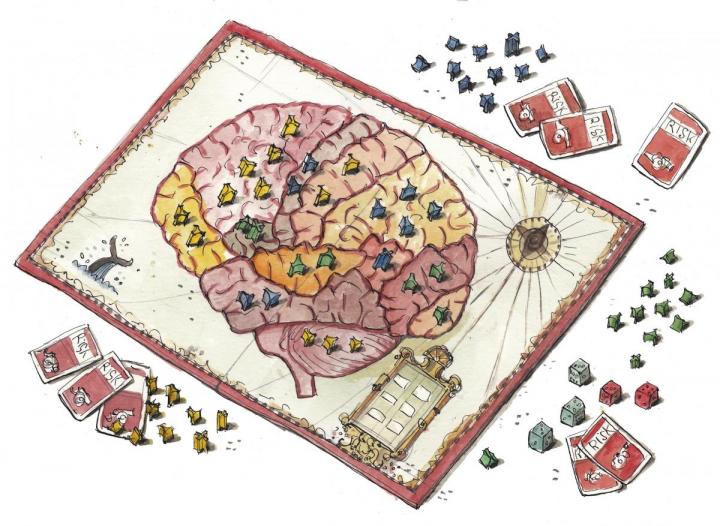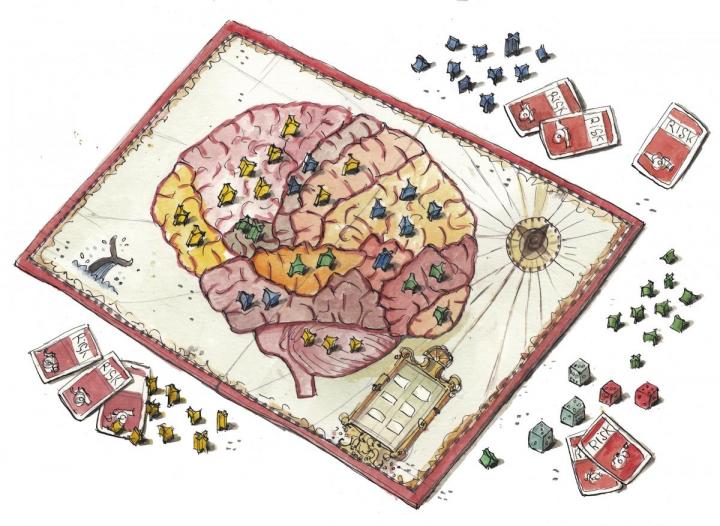
Credit: KU Leuven – Joris Snaet
Is what you're looking at an object, a face, or a tree? When processing visual input, our brain uses different areas to recognize faces, body parts, scenes, and objects. Scientists at KU Leuven (University of Leuven), Belgium, have now shown that people who were born blind use a 'brain map' with a very similar layout to distinguish between these same categories.
Our brain only needs a split second to determine what we're seeing. The area in our brain that can categorize these visual observations so quickly is the so-called ventral-temporal cortex, the visual brain. Like a map, this region is divided into smaller regions, each of which recognizes a particular category of observations — faces, body parts, scenes, and objects.
Scientists have long wondered whether we're born with this map, or whether its development relies on the visual input that we receive.
To answer this question, researchers from the KU Leuven Laboratory for Biological Psychology conducted an experiment with people who were born blind — some of them even without eyeballs — and have therefore never processed any visual information.
They asked the blind participants to listen to sounds from four categories: laughing, kissing, and lip smacking for faces; hand clapping and footsteps for body parts; forest and beach sounds for scenes; and a clock, washing machine, and car for objects. Meanwhile, a scanner measured the activity in their visual brain.
"We found that blind individuals also use the map in the visual brain," Professor Hans Op de Beeck from the KU Leuven Laboratory of Biological Psychology explains. "Their visual brain responds in a different way to each category. This means that blind people, too, use this part of the brain to differentiate between categories, even though they've never had any visual input. And the layout of their map is largely the same as that of sighted people. This means that visual experience is not required to develop category selectivity in the visual brain."
But these findings also raise new questions. For one thing, sounds are very different from visual input such as images and videos, so what exactly is being processed in blind people's visual brain? Further research will have to show.
###
Media Contact
Hans Op de Beeck
[email protected]
32-163-26039
@LeuvenU
http://www.kuleuven.be/english/news?
Original Source
https://nieuws.kuleuven.be/en/content/2017/blind-people-have-brain-map-for-visual-observations-too http://dx.doi.org/10.1073/pnas.1612862114




